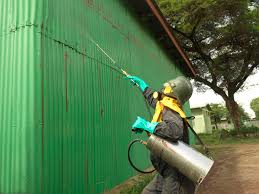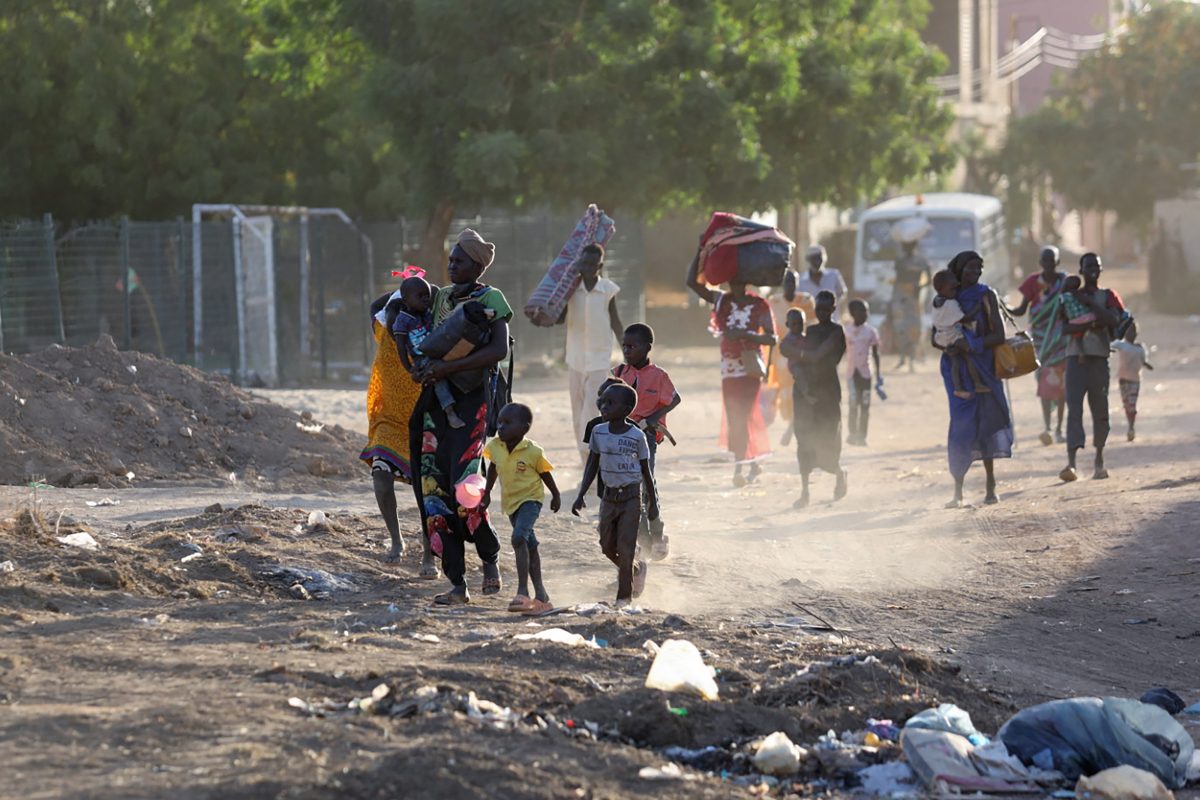Dr. YONAS WORKINEH
Malaria, a serious tropical infectious disease, has seen significant reductions in morbidity and mortality globally over the past two decades due to scaled-up interventions.
However, it remains a major public health concern, particularly in Ethiopia, where complex challenges have led to a troubling resurgence of infections.
In 2022, an estimated 249 million malaria cases were reported worldwide, with Ethiopia experiencing a significant increase in infection rates and complications in disease control.
This marks a dramatic increase about 4.5 million more cases and 469 deaths documented throughout all of 2023 in Ethiopia.
In 2024, Ethiopia has recorded over 6.1 million malaria cases and 1,038 deaths this year through the end of September.
With the peak malaria season coinciding with seasonal rains from September to December, health officials expect even higher figures in the coming months.
Dr. Fitsum Tadesse, a leading scientist at the Armauer Hansen Research Institute in Addis Ababa, highlights the rapid regression in malaria control, likening the situation to setbacks observed a decade ago.
Factors Contributing to the Resurgence
Several interconnected factors contribute to this alarming surge in malaria cases.
The ongoing armed conflict
Ongoing armed conflict in various regions, including Oromia, has displaced over 1.5 million people, severely disrupting healthcare access and malaria control efforts.
The conflict between Ethiopian armed forces and the Oromo Liberation Army has intensified over the past five years, complicating humanitarian responses.
This situation has hindered the distribution of essential resources such as bed nets, medications, and diagnostic tests, rendering vulnerable populations more exposed to mosquito bites and increasing the risk of malaria transmission.
Moreover, the southern regions of Ethiopia, particularly Gurage Zone, Welayta, West Omo, and Sheka Zone, have also been significantly affected by recent malaria outbreaks.
This broad geographic spread highlights the extent of the crisis beyond Oromia, necessitating a nationwide response to combat the resurgence.
The Emergence of Anopheles stephensi
Compounding these issues is the emergence of the invasive mosquito species Anopheles stephensi.
This species thrives in urban areas, breeding in discarded containers and drainage systems, and has been responsible for new outbreaks in cities like Dire Dawa.
Unlike traditional malaria vectors that are predominantly rural, Anopheles stephensi’s urban adaptability poses a significant challenge to existing malaria control strategies.
Its rapid spread has raised alarms among public health officials, as it threatens to alter the dynamics of malaria transmission in both urban and peri-urban settings.
Impact of Climate Change
Climate change is reshaping the epidemiological landscape of malaria in Ethiopia.
Areas that historically had low malaria risk, including highland regions above 2,000 meters, have reported outbreaks as warmer and wetter conditions become more conducive to mosquito breeding.
This shift poses a significant challenge for public health officials who must now address malaria in regions previously unaffected, highlighting the disease’s expanding reach.
Severity of Malaria Infections
Malaria infections can range from mild to severe, with severe cases often leading to significant complications, including anemia, respiratory distress, and organ failure.
Vulnerable groups, particularly children under five, pregnant women, and individuals with compromised immune systems, are at heightened risk for severe outcomes.
In 2024, the rise in severe malaria cases has been alarming: over 41,000 hospitalizations were recorded in just three months, a stark contrast to only 623 hospitalizations for all of 2023.
This surge indicates that many infections are not only increasing in number but also in severity, placing immense strain on healthcare facilities.
Susceptible Individuals
Certain populations are particularly susceptible to malaria and its severe forms.
Children under five years of age, who have not yet developed immunity, face the highest risk.
Pregnant women are also highly susceptible due to changes in immunity during pregnancy, which can increase the likelihood of severe malaria and adverse birth outcomes.
Additionally, individuals living in conflict-affected areas often lack access to healthcare, making it challenging for them to seek timely treatment.
Displacement due to conflict has left many without adequate shelter, increasing their exposure to mosquito bites and facilitating the spread of the malaria parasite to new areas.
Conclusion
The current crisis underscores a confluence of biological, environmental, and social factors that complicate malaria control efforts across Ethiopia.
The Oromia region, along with Southern regions such as Gurage, Welayta, West Omo, and Sheka zones, has experienced a dramatic escalation in malaria cases.
Dr. Tadesse warns, “All of the biological factors are converging here, and it’s happening at the worst possible time.”
The surge in malaria cases in Ethiopia could serve as a warning for other countries in the region facing similar challenges related to conflict, climate change, and emerging vector species.
In conclusion, the resurgence of malaria in Ethiopia is a multifaceted crisis driven by conflict, climate change, and the emergence of resistant mosquito species like Anopheles stephensi.
The severity of malaria infections, particularly among vulnerable populations, underscores the urgent need for comprehensive interventions.
Addressing this public health emergency requires immediate and coordinated efforts to strengthen healthcare systems, improve resource distribution, and adapt malaria control strategies to meet the evolving landscape of the disease.
Without prompt action, the consequences of this outbreak could extend beyond Ethiopia, impacting the broader East African region and reversing years of progress in malaria control.



